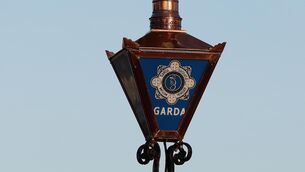Irish women earn less and live longer
The Central Statistics Office discovered huge discrepancies in wages, gender equality in the workforce and education.
The study found the numbers of women at risk of poverty, after pensions and social incomes, was the highest in the EU at 23% in 2001.
The study ‘Women and Men in Ireland, 2004’ stated that women represented only 13% of all the TDs in Dáil Éireann this year, a rate well below the EU average of 22.1%, or Sweden’s strong showing of 45.3%.
Efforts to break the ‘glass ceiling’ appear to have failed with almost 59% of women in the position of clerical officers in the Civil Service, compared with only 30% of men.
In 2003, only 10% of Assistant Secretaries were women.
Just over 70% of men were in the labour force compared with just under 50% of women.
Women work almost 10 hours less than men a week, while women’s hourly earnings were only 82.5% of men’s.
Around 240,000 men earn between €20,000-€30,000 a year, compared to just over 170,000 women.
The number of men earning over €50,000 a year was over 115,000 while only 25,000 women commanded the same wages.
The employment rate for women in Ireland last year was running at over 55% - just above the European Union average - with the male rate at almost 75%.
The figures varied between an employment rate of 87% of women aged between 20 and 44 with no children to only 52% of women with a child under the age of three.
The proportion of women heading lone parent families increased from 87% in 1995 to 97% in 2004.
The number of men looking after people in the home was less than 1% in 2004.
On the education front there were some striking gender differences.
In 2002 over 93% of students taking higher level engineering, construction studies and technical drawing papers were men, while over 70% of those studying biology were women.
Life expectancy for men is five years less than for women, broadly similar to the rates in the 25 EU countries.
Men were more likely to die younger than women, following a higher incidence of suicide and fatal road accidents.
In the health sector, the number of women given preventative medical treatments was considerably lower than other EU states.
Only just over 16% of Irish women over 15 were given cervical smear tests compared with 32% across other EU states.













